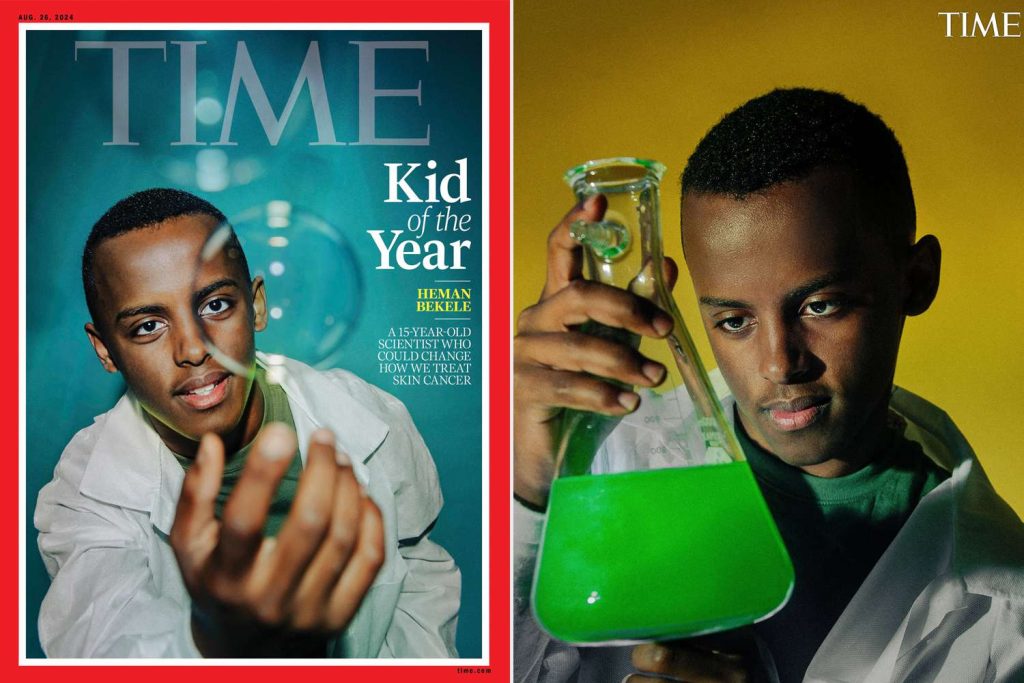German sportswear giant Adidas has revealed plans to cut up to 500 jobs as part of its ongoing efforts to streamline operations and improve efficiency. The announcement, made on Wednesday, comes in the wake of a turbulent period for the company, marked by its high-profile split with US rapper Kanye West, now known as Ye. The job reductions will primarily affect staff at Adidas’ headquarters in Herzogenaurach, Germany, and will be carried out on a voluntary basis, according to CEO Bjorn Gulden.
The Fallout with Kanye West
Adidas’ decision to part ways with Kanye West in late 2022, following the rapper’s anti-Semitic remarks, sent shockwaves through the fashion and sportswear industries. The collaboration between Adidas and West, which produced the highly lucrative Yeezy line, had been a significant revenue driver for the company. However, the controversy surrounding West’s comments forced Adidas to sever ties, leading to a financial downturn in 2023.
In the aftermath of the split, Adidas faced the challenge of selling off excess stock of Yeezy products. The company confirmed on Wednesday that it had successfully sold its last remaining pair of Yeezy-brand trainers in the final quarter of 2024, marking the end of an era for the once-thriving partnership.
Financial Recovery and Optimism for the Future
Despite the initial setbacks, Adidas has shown signs of recovery. In 2024, the company reported a net profit of €824 million ($882 million), a significant improvement from the previous year. CEO Bjorn Gulden expressed optimism about maintaining this positive trend in 2025, projecting overall sales growth in the “high single-digit range.” This projection is particularly noteworthy given the absence of major sporting events in 2025, which typically drive sales for sportswear brands.
Job Cuts and Efficiency Measures
The decision to cut up to 500 jobs is part of Adidas’ broader strategy to enhance efficiency and adapt to changing market conditions. Gulden emphasized that the job reductions would be implemented on a voluntary basis, with a focus on minimizing the impact on employees. The cuts will primarily affect the company’s headquarters in Herzogenaurach, where a significant portion of its administrative and operational staff is based.
“We are taking these steps to ensure that Adidas remains competitive and agile in a rapidly evolving market,” Gulden told reporters. “While these decisions are never easy, they are necessary to position the company for long-term success.”
Challenges and Uncertainties Ahead
Despite its recent financial recovery, Adidas faces several challenges as it looks to the future. One major uncertainty is the potential impact of US tariffs on key trading partners, including China. Former US President Donald Trump has threatened to impose tariffs on imports from China, which could have significant implications for Adidas and other global brands.
“We don’t know what will happen with tariffs in the United States,” Gulden acknowledged. “This is a factor that could influence our operations and costs, but we are closely monitoring the situation and preparing for various scenarios.”
The Broader Context of Adidas’ Revival
Adidas’ efforts to revive its fortunes extend beyond job cuts and financial restructuring. The company has been investing in innovation, sustainability, and digital transformation to stay ahead of competitors like Nike and Puma. Initiatives such as the development of eco-friendly products and the expansion of e-commerce capabilities are central to Adidas’ strategy for growth.
The company has also been exploring new partnerships and collaborations to fill the void left by the Yeezy line. While no single collaboration has yet matched the success of the Yeezy brand, Adidas remains committed to leveraging its brand strength and global reach to attract new customers and drive sales.
Public and Industry Reaction
The announcement of job cuts has sparked mixed reactions from employees, industry analysts, and the public. While some view the move as a necessary step to ensure Adidas’ long-term viability, others have expressed concern about the impact on employees and the company’s corporate culture.
Industry analysts have generally welcomed Adidas’ financial recovery and strategic initiatives but caution that the company must navigate a challenging landscape marked by economic uncertainties, shifting consumer preferences, and intense competition.
Conclusion
Adidas’ decision to cut up to 500 jobs reflects the company’s determination to adapt and thrive in a rapidly changing market. While the fallout from the Kanye West controversy posed significant challenges, Adidas has demonstrated resilience and a commitment to innovation and efficiency. As the company looks to the future, it faces both opportunities and uncertainties, including potential US tariffs and the need to maintain its competitive edge. By focusing on strategic priorities and fostering a culture of agility and adaptability, Adidas aims to build on its recent successes and secure its position as a global leader in sportswear.













